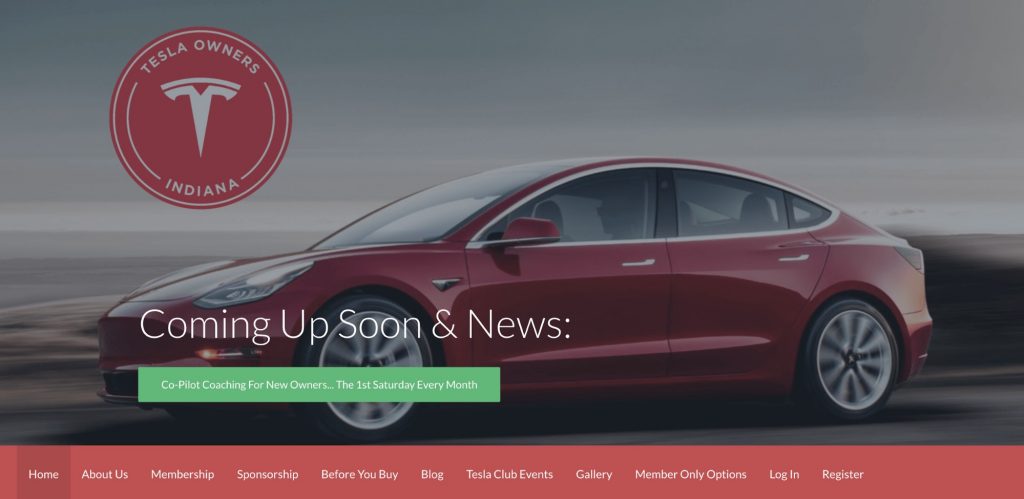When I first started working in marketing, family and friends would make little jokes about “what is marketing?” They would point to a color on food packaging or an article in the newspaper and exclaim, “LOOK…MARKETING!” At the time I would simply shake my head and think to myself how nobody understood what my field of work actually covered.
The more I thought about it, however, I came to realize there is truth to what they were saying. When it comes to individuals’ interactions with your brand, every experience they have is important. From the color of a box to how your company is referred to in the news, everything is marketing.
Each and every touchpoint is part of your brand
When people, business owners or otherwise, think about “brand,” their minds immediately shift to logos, colors, and value propositions. These are all important pieces of the brand puzzle, but they also play into the much larger picture that is brand experience.
Consumers interact with your brand far beyond the recollection of a logo or colors. As such, the formulation of a brand needs to account for each touchpoint your target market will experience. In order to ensure a positive brand sentiment, you have to show up in a consistent manner across your website, advertisements, packaging, PR, and more.
For example, when someone sees your company van driving down the road with a bold and unique vehicle wrap, that experience is logged in their memory of your overall brand. If you simply buy a van and slap an 8” x 10” logo on the side, that experience will be far less memorable.
This subconscious logging of experiences extends to the colors you select for packaging, the press releases you share, the usability of your website, and interactions with your customer service.
Every touchpoint is incredibly valuable in building your brand.
Brand experience is not always under your control
So, you’ve developed a killer website and built a team of customer service experts. Your packaging is modern, clean, and unique. Your brand values are displayed through how your company shows up in the marketplace. Time to kick back, relax, and watch the money roll in, right?
Not so fast there, friend. While each of the touchpoints you directly own are buttoned up, there are indirect brand experiences you also need to consider. This includes:
- Brand or product forums
- Blogs (owned by others)
- Social media (owned by others)
- News outlets
- Enthusiast organizations/clubs

A few examples of groups and clubs in the automotive industry.
Audiences experience brands through channels the company has control over and those they do not—namely, customer-generated content, such as forums and blogs, as well as through the media. Considering buying a new car? Take a quick trip on the Google train and you’ll find ten forums discussing the exact make, model, and year you are considering. In this example, Volkswagen can’t directly change the content published on the Mk7 GTI forum, and they certainly shouldn’t ignore the forums altogether, but they can build a group of brand ambassadors through consistently positive experiences with the company from easy service appointments to entertaining TV spots.
And since people are experiencing your brand both through owned and non-owned interactions, the more consistent your brand is, the better. If you keep things consistent and your brand is strong, that will limit the opportunity for mistakes that others can latch onto.
In other words, if your brand is consistent and good, you’re not going to have to deal with threads on those aforementioned forums about the latest screw-up.
Perfect your brand experience
The value and importance of consistent branding across owned and non-owned outlets are now ingrained in your head. Next, you need to get started with implementation. To help you out, here’s a brand experience checklist to make sure you’ve crossed every “t” and dotted every “i.”
The Brand Experience Checklist
- Put a killer brand story in place, with unique core values that live throughout the business
- Think about your marketing strategies and which tactics to pursue
- Complete an audit of all assets and touchpoints that you have out in the world, and understand what you will be creating next
- Find what touchpoints, if any, are inconsistent with your story, values, and vision for the brand
- Fix what needs to be fixed, and build more assets that help support your brand in the marketplace
The final touches
Hooray! You’ve got a killer brand that serves a unique purpose and delivers consistent experiences wherever the consumer finds you. Well, the job is not yet complete. As your company grows, gains new employees and marketers, or takes on new ventures, your brand will evolve. This means you have to continually ensure you are being consistent—a one-off audit isn’t good enough.
On top of keeping a finger on the pulse of the health of your brand, you also need to make sure you have a clear brand from an employer standpoint. This will help ensure your consistency remains with the addition of new employees. Hiring individuals who buy into the vision for your brand is just as important as having killer creative, if not more so.
And, finally, you may choose to refresh your brand down the road, or even rebrand altogether. If so, you will need to walk through the brand experience checklist again, so no “old brand” touchpoints slip through the cracks.
At the end of the day, you should always remain vigilant around how your brand is experienced by the market, from the Classic Blue of your packaging to the latest article about your company in Home and Garden. Your brand is a living, breathing thing. Don’t let it fall by the wayside because you didn’t think through every brand touchpoint—both those that you own and those that you don’t.






